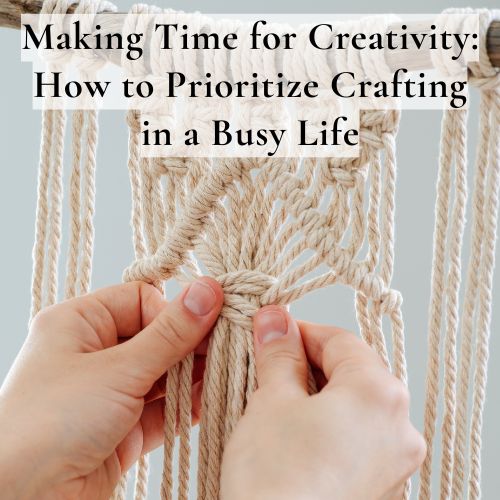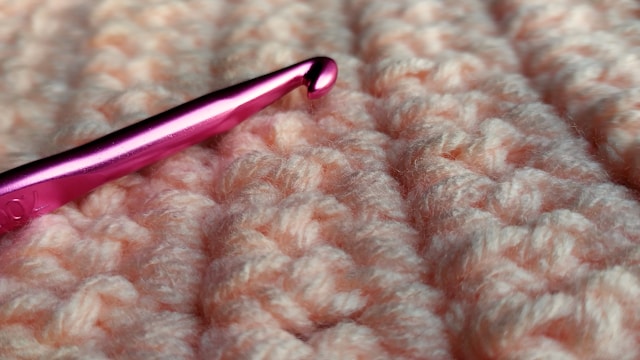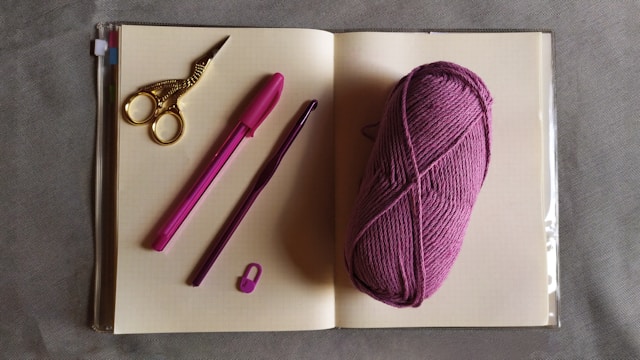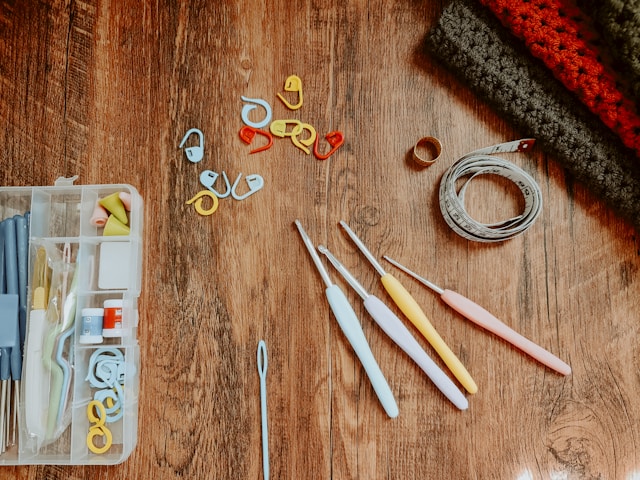For years, I told myself I didn’t have time to create.
I had responsibilities, deadlines, obligations. I convinced myself that crafting was a luxury—something I’d get to if I had extra time. But of course, that extra time never came.
And when I wasn’t making? I felt it. I felt disconnected from myself, restless, creatively stuck.
At some point, I realized that crafting wasn’t something I should squeeze in when I had time—it was something I needed to make time for, because it made me feel whole.
Now, I treat my creative time as a non-negotiable part of my life—as necessary as rest, food, or movement. And if you’ve ever felt like you don’t have time to make, I want you to know: it’s possible to shift this.
No matter how busy life gets, you can find time for creativity—because it’s not about having extra hours, it’s about reframing how we see our craft, and how we fit it into our lives.
Let’s explore why making time for creativity matters, what gets in the way, and how to reclaim your craft, even when life feels full.
 Want to learn more? Click here to join Craft to Heal.
Want to learn more? Click here to join Craft to Heal.
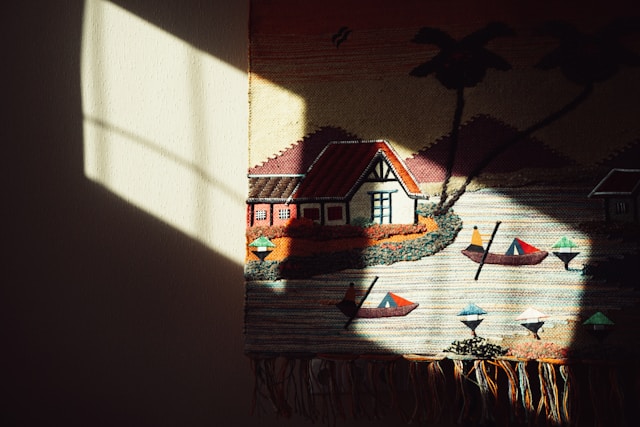
The Science: Why Prioritizing Creativity Is Essential, Not Optional
We often treat creativity like an afterthought—something fun but not necessary. But research shows that regular creative engagement has tangible benefits for mental and emotional well-being.
Here’s why making time for crafting matters:
 Creativity Improves Brain Health
Creativity Improves Brain Health
Engaging in creative activities strengthens neural pathways, improves cognitive flexibility, and even helps prevent cognitive decline as we age. Making time for creativity is quite literally an investment in brain health.
 Creative Time Lowers Stress & Prevents Burnout
Creative Time Lowers Stress & Prevents Burnout
When we prioritize creativity, we give our brains a break from overthinking, stress, and constant productivity demands.



 Creativity Helps You Feel More Present
Creativity Helps You Feel More Present
When you engage in creative work, you activate the same flow state as meditation—where time slows down and you become fully absorbed in the process.

What Gets in the Way of Making Time for Creativity?
If creativity feels like an afterthought in your life, it’s not because you don’t have time—it’s because something is blocking you from prioritizing it.
Here are a few common barriers:




The good news? These are all things you can shift. Let’s talk about how.
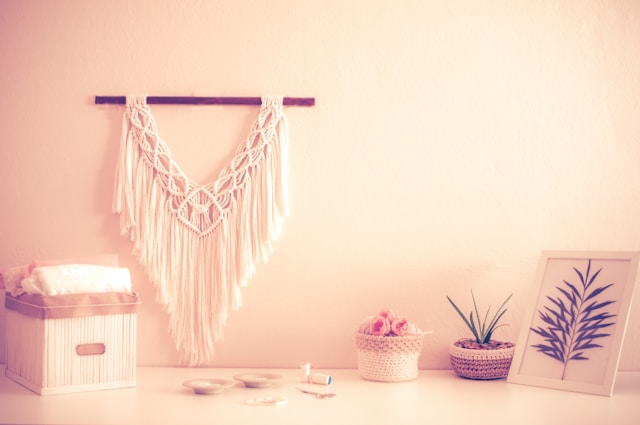
How to Make Time for Crafting—Even When Life Feels Full
If you want to prioritize creativity without adding more stress to your schedule, here are a few ways to start:
1. Rethink Creativity as Part of Your Well-Being
Crafting isn’t just a hobby—it’s a mental health tool, a stress reliever, a way to regulate emotions and feel more connected to yourself.
If you think of creativity as optional, you’ll always push it aside. But if you recognize that it’s part of how you care for yourself, it becomes easier to make space for it.

2. Start Small—Even 5 Minutes Counts
You don’t need hours of free time to craft. Even small moments of creativity can have a powerful impact.



When you remove the pressure of long creative sessions, it becomes much easier to stay consistent.

3. Schedule Creative Time Like an Appointment
If you wait until you “feel like it” or “have extra time,” creativity will always take a back seat. Instead, put it on your calendar like any other commitment.




4. Pair Creativity with Something You Already Do
One of the easiest ways to build a habit? Attach it to something you already do daily.



By pairing creativity with an existing habit, you make it easier to stay consistent.

5. Give Yourself Permission to Make Without Purpose
So often, we avoid creativity because we think we need a reason to make—a project to finish, a gift to give, something “worthwhile” to create.
But crafting doesn’t have to be productive to be valuable.




Explore This Deeper in Craft to Heal
If you want to reclaim your creative time and explore ways to bring more intention into your crafting, Craft to Heal was designed for you.
In our March 18th workshop, we’ll explore:



If you’ve ever struggled to make time for your art, this is your space to rediscover how to bring creativity back into your life.
 Want to learn more? Click here to join Craft to Heal.
Want to learn more? Click here to join Craft to Heal.

Your Creativity Deserves Space
You are not “too busy” to create.
Your art, your making, your creativity—it matters. It’s not selfish. It’s not a waste of time. It’s part of how you take care of yourself.
So give yourself permission to create. Not because you have to, but because you deserve to.
